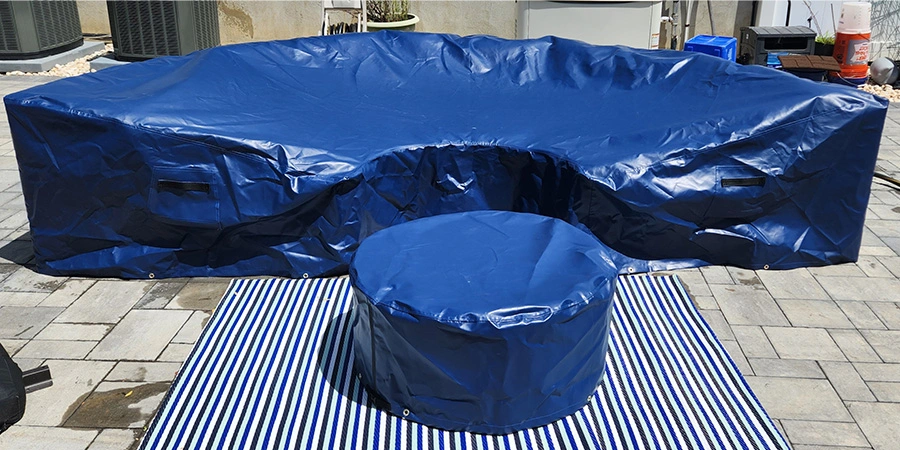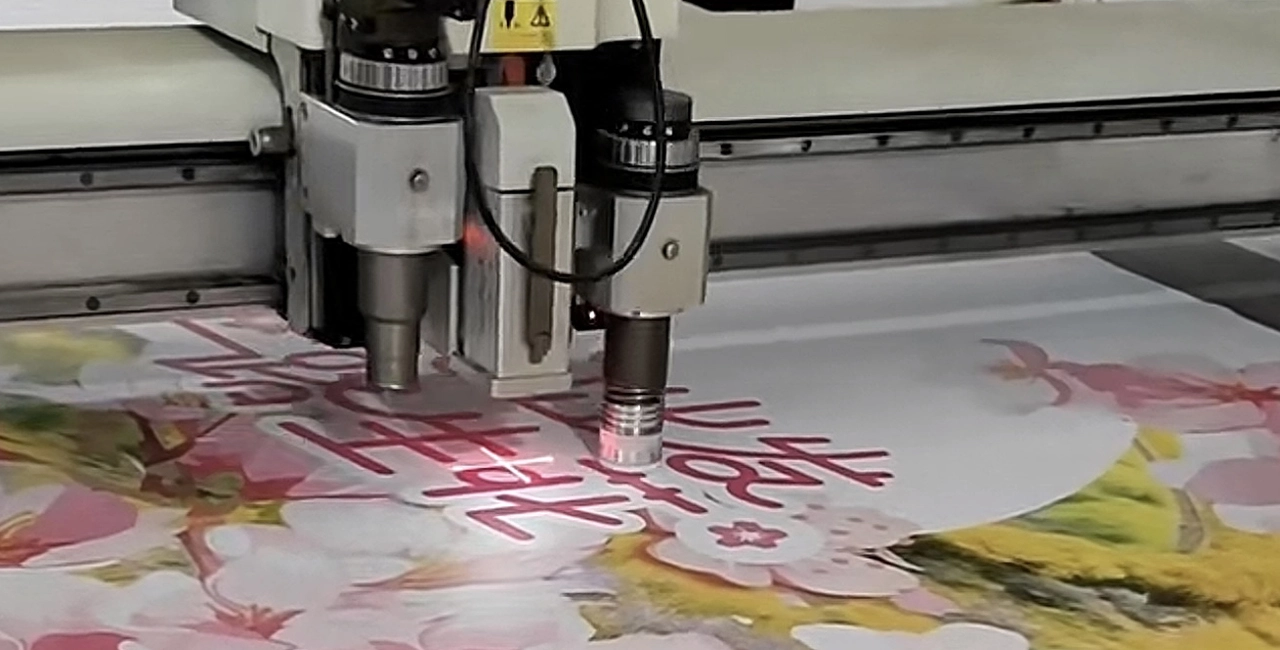Color fastness to rubbing (crocking) refers to the resistance of fabric color to transfer or fade when subjected to friction. This test is crucial for textiles used in automotive seat covers, car covers, upholstery, and apparel, ensuring that the fabric does not stain other materials due to color transfer.
1. Test Methods
The color fastness to rubbing test follows two major standards: AATCC 8 (American Standard) and ISO 105-X12 (International Standard). Both methods are similar, with minor differences in pressure and the number of rubbing cycles.
Standard | Test Instrument | Type of Rubbing | Rubbing Cloth | Applied Pressure | Rubbing Cycles |
AATCC 8 | Crockmeter | Dry Rubbing / Wet Rubbing | Standard White Cotton Cloth | 9N (approx. 900g) | 10 cycles |
ISO 105-X12 | Crockmeter | Dry Rubbing / Wet Rubbing | Standard White Cotton Cloth | 9N (approx. 900g) | 10 cycles |
Test Procedure
Sample Preparation: Cut a 5 × 14 cm fabric specimen, ensuring a smooth surface.
Rubbing Test:
1. Dry Rubbing: Performed using a dry standard white cotton cloth.
2. Wet Rubbing: The rubbing cloth is soaked to 65±5% moisture content, then excess water is removed before testing.
3. Test Execution:
The fabric sample is fixed on the testing platform.
The rubbing head applies a 9N (approx. 900g) force.
The test is conducted at one cycle per second for 10 cycles.
4. Evaluation:
The degree of staining on the rubbing cloth is assessed using the Gray Scale for Staining.
The results are graded from 1 to 5, where 5 indicates the best performance.
2. Grading System
Grade | Performance | Application |
Grade 1 | Severe color transfer; rubbing cloth is heavily stained | Low-quality fabrics, unacceptable for most applications |
Grade 2 | Significant color transfer; noticeable staining | Low-end apparel, poor-quality textiles |
Grade 3 | Moderate color transfer; slight but visible staining | General apparel, inner layers of car covers |
Grade 4 | Minimal color transfer; barely visible staining | High-end car covers, upholstery, automotive seat covers |
Grade 5 | No visible color transfer | Premium outdoor textiles, military fabrics |
For car covers and furniture covers, a color fastness to rubbing of ≥ Grade 3-4 is recommended. For high-end products, ≥ Grade 4-5 is preferred.
3. Dry Rubbing vs. Wet Rubbing
Rubbing Type | Test Condition | Recommended Standard |
Dry Rubbing | Conducted with a dry rubbing cloth | Usually requires ≥ Grade 4 |
Wet Rubbing | Conducted with a wet rubbing cloth (65±5% moisture) | Usually requires ≥ Grade 3 |
Dark-colored fabrics, coated textiles, and printed fabrics generally have lower wet rubbing fastness. If the wet rubbing fastness is below Grade 3, there is a risk of color bleeding.
4. Recommended Standards for Different Products
Product Category | Recommended Color Fastness to Rubbing |
General Apparel, Bedding | Dry Rubbing ≥ Grade 3, Wet Rubbing ≥ Grade 2-3 |
Car Covers, Upholstery | Dry Rubbing ≥ Grade 4, Wet Rubbing ≥ Grade 3 |
Automotive Seats, High-End Outdoor Fabrics | Dry Rubbing ≥ Grade 4-5, Wet Rubbing ≥ Grade 4 |
Military Fabrics, Premium Outdoor Gear | Dry Rubbing Grade 5, Wet Rubbing ≥ Grade 4-5 |
5.Factors Affecting Color Fastness to Rubbing
Dyeing Method: Reactive dyes generally have better rubbing fastness compared to pigment dyes.
Fabric Composition: Synthetic fibers (e.g., polyester) tend to have higher color fastness compared to natural fibers (e.g., cotton, linen).
Fabric Surface Texture: Smooth fabrics exhibit better rubbing fastness than rough or textured fabrics.
Post-Treatment Process: Fixing agents and additional colorfastness treatments can enhance performance.
6. Conclusion
Car covers and furniture covers should have a rubbing fastness of at least Grade 4 (dry) and Grade 3 (wet) to prevent noticeable color transfer.
High-end outdoor products (e.g., boat covers, military textiles) should achieve Grade 5 (dry) and ≥ Grade 4 (wet) for superior performance.
Pigment-dyed fabrics often have lower wet rubbing fastness, and additional testing is advised before production.
If products are targeted for the European or North American market, you can offer AATCC 8 or ISO 105-X12 test reports to verify compliance with color fastness standards.

 English
English 

